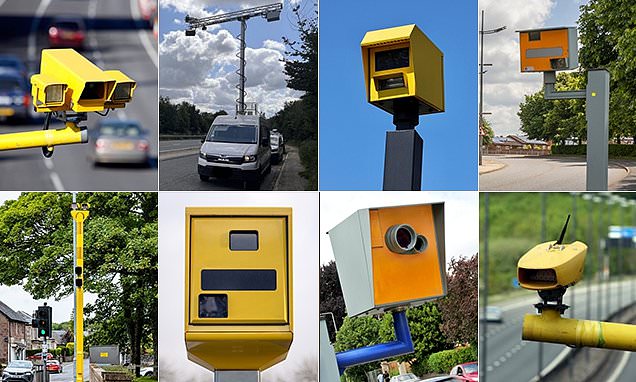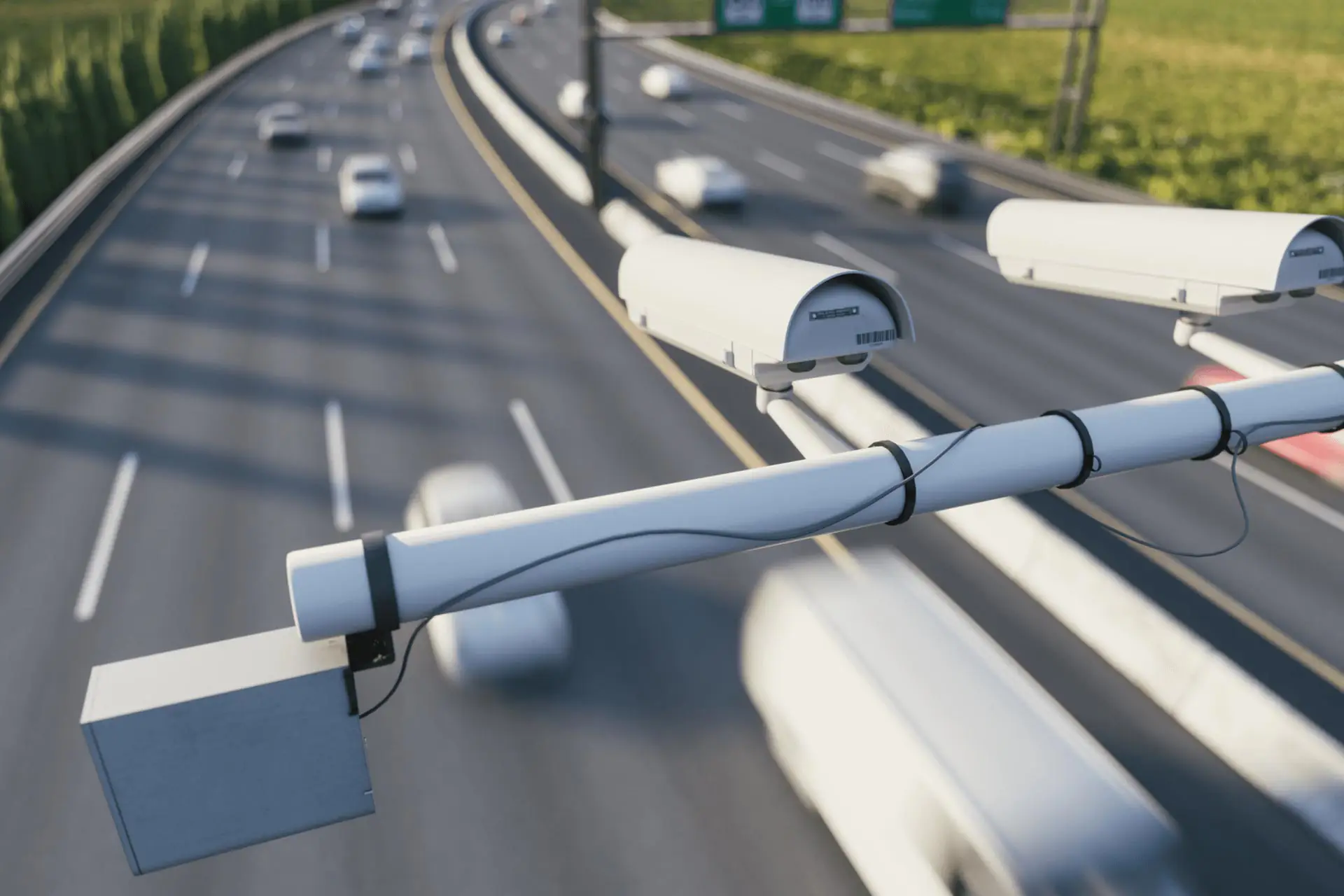A Closer Look: What Do Speed Cameras Really Look Like?
Introduction
At some point or another, most drivers have found themselves wondering 'what do speed cameras really look like?'. Speed cameras are a common sight on roads worldwide, and they play a critical role in monitoring driver behavior and ensuring safety. This article provides an in-depth look into the diverse range of speed cameras, their physical characteristics, types, and how they work. You'll also learn how to react when you spot one and find answers to common queries about speed cameras.
Distinguishing Speed Cameras by Their Characteristics
Speed cameras, while often overlooked, have distinct qualities that make them identifiable even to the untrained eye. With a keen eye and understanding of what to look for, spotting these monitoring devices becomes a more effortless task. Here's how you can identify them:
- Shape and Size: Typically, speed cameras have a box-like structure mounted on poles. Located either on the side or the center of the road, they sport a sufficiently conspicuous shape that sets them apart from other roadside objects.
- Location: These cameras are strategically positioned at spots that provide a full, clear view of the road. This ensures that they can effectively function and properly monitor the speed of passing vehicles.
- Presence of a Flash: A flash is often incorporated in these cameras. This addition allows the device to photograph vehicles under dark conditions, ensuring that speeding incidents during the night do not go unnoticed.
- Camera Housing: Speed cameras frequently have large, spherical lenses at the front of their casing. This distinctive feature can act as a telltale sign when trying to spot these devices.
- Surrounding Integration: Despite being identifiable through their shape and design, these cameras are often crafted to blend with their surroundings. This camouflage-like approach is typically employed to dissuade drivers from speeding in areas where cameras are present.
- Hidden Locations: While frequently placed on poles or in clear sight, these monitoring devices can also be hidden in traffic lights or positioned discreetly under bridges. These hiding spots are particularly common in areas with high rates of speeding incidents.
Understanding these characteristics can equip drivers with the necessary skills to identify speed cameras, presenting the opportunity to adjust their driving habits and contribute to making the roads safer.
Do All Speed Cameras Look the Same? Understanding Differences Between Types
Not all speed cameras are created equal. They significantly differ in design, functionality, and sometimes purpose. Below are some of the common types you're likely to encounter:
1. Fixed Speed Cameras: These are permanently installed at strategic locations, often in areas with high accident rates. Housed in large, square or rectangular boxes, these cameras tend to be mounted on poles or towers and predominantly painted in less noticeable shades like white or grey.
2. Mobile Speed Cameras: More challenging to identify as they are fleetingly deployed in vans or cars parked on the roadside, bridges, or underpasses, mobile speed cameras pose a stealthy sentinel. The camera's position varies from the car's dashboard to looking through the windshield or a side window.

3. Red-Light Speed Cameras: Positioned at intersections, these multi-tasking devices identify drivers running a red light and those speeding through the intersection, regardless of the light's stage.
4. Average Speed (SPECS) Cameras: Often found on motorways, these cameras track a vehicle over a set distance to calculate the average speed rather than capturing a moment's speed.
5. Motorcycle-Based Cameras: Some police motorcycles are equipped with speed cameras for on-the-move monitoring.
6. Invisible Speed Cameras (HOTA): Also known as "Home Office Type Approval," these cameras don’t emit any detectable radiation, making them hard to spot or predict.
Speed cameras are becoming more sophisticated and less predictable; hence, staying alert and maintaining legal speeds is the best approach to ensure safe and penalty-free driving.
Beyond the Outer Look: Inside the Speed Camera Mechanism
Speed cameras, despite being a common sight on our roads, house a complex system of technology inside. Let's delve into the internals of these devices and understand their key working mechanisms with the following points:
- The Sensing Mechanism: Speed cameras primarily use two types of technologies to sense the speed of an oncoming vehicle: radar and laser. These devices can instantaneously measure a vehicle's velocity as soon as it enters their field of operation.
- Speed Verification: The speed of the vehicle, once detected by the radar or lasers, is then cross-verified with the legal speed limit in that particular area by the camera's processing unit.
- Violation Detection: If the system identifies a speed violation (i.e., the vehicle is traveling over the set speed limit), the camera prepares for the next step.
- Photographic Evidence: To provide incontrovertible evidence, the camera triggers its inbuilt flash and photographs the offending vehicle twice within a set interval.
- Timestamp and Data Storage: Crucially, each photograph captures not only the image of the vehicle but also embeds essential data such as date, time, location, and the speed at which the vehicle was moving. This data is stored securely within the built-in memory of the camera.
- Violation Report Generation: The compiled data and photographic evidence are then used to generate violation reports that are sent to the appropriate authorities for processing and issuing the penalty to the offending driver.
Boiling down the complexity, a speed camera is more than just a box with a lens - it's a well-calibrated blend of sensors and sophisticated processing units working cohesively to maintain road safety.
How to React When You Recognize a Speed Camera?
Coming across a speed camera on your route can be startling if you are unprepared. However, with the right knowledge, you can react effectively to maintain legal compliance and road safety. Here are some things to consider:
- The simplest and most effective response is to ensure you are traveling within the legal speed limit. This rule applies irrespective of whether a speed camera is visible or not, as mobile cameras may often be concealed. Save yourself from penalties and potential accidents by adhering to the speed limit.
- Develop a habit of regularly checking your speedometer. This practice will not only save you from breaking speed limits unknowingly but also help you react effectively when you spot a speed camera ahead.
- Upon spotting a speed camera, some drivers panic and inadvertently hit the brakes, which could potentially cause an accident, especially in high-traffic areas. In such situations, it's best to maintain a steady speed.
- Several navigation apps, such as Google Maps and Apple Maps, feature safety reminders. Using these will alert you of impending speed cameras or speed traps on your route, helping you maintain legal speed limits.
Understanding how to navigate speed cameras can take away the stress of unexpected fines and ensure your journey remains safe and uninterrupted. Being aware of these cameras aids not just in avoiding penalties but also in promoting responsible driving habits.
Conclusion
Inside of a speed camera, the tech is pretty remarkable. The device uses radar or lasers to measure a vehicle's speed instantly when it comes within the camera's operational field. Once the vehicle's speed is determined, the camera's processing system verifies if it exceeds the legal speed limit. If an over-speeding violation has been detected, the camera then triggers its flash and takes two photographs at a defined interval to provide irrefutable proof of the violation.

Related FAQs about what do speed cameras look like
Are all speed cameras operational?
Not all speed cameras are operational at all times. Some cameras are used interchangeably, meaning they are active part-time, while others may be inactive due to maintenance or repairs. However, as a rule of thumb, it's best to assume that all speed cameras are operational to remain within speed limits.
Does color help in identifying a speed camera?
Color can sometimes aid in identifying a speed camera. Many fixed cameras are housed in brightly colored boxes to be easily noticeable. However, mobile cameras or integrated ones may not follow this rule. Thus, it's essential to recognize other physical characteristics and not rely solely on color.
How reliable are speed cameras in detecting speed limit violations?
Speed cameras are generally very reliable in detecting speed limit violations. They use advanced radar or laser technology to accurately measure vehicle speeds. While minor discrepancies can occur, these cameras are rigorously tested and calibrated to ensure a high level of accuracy.


